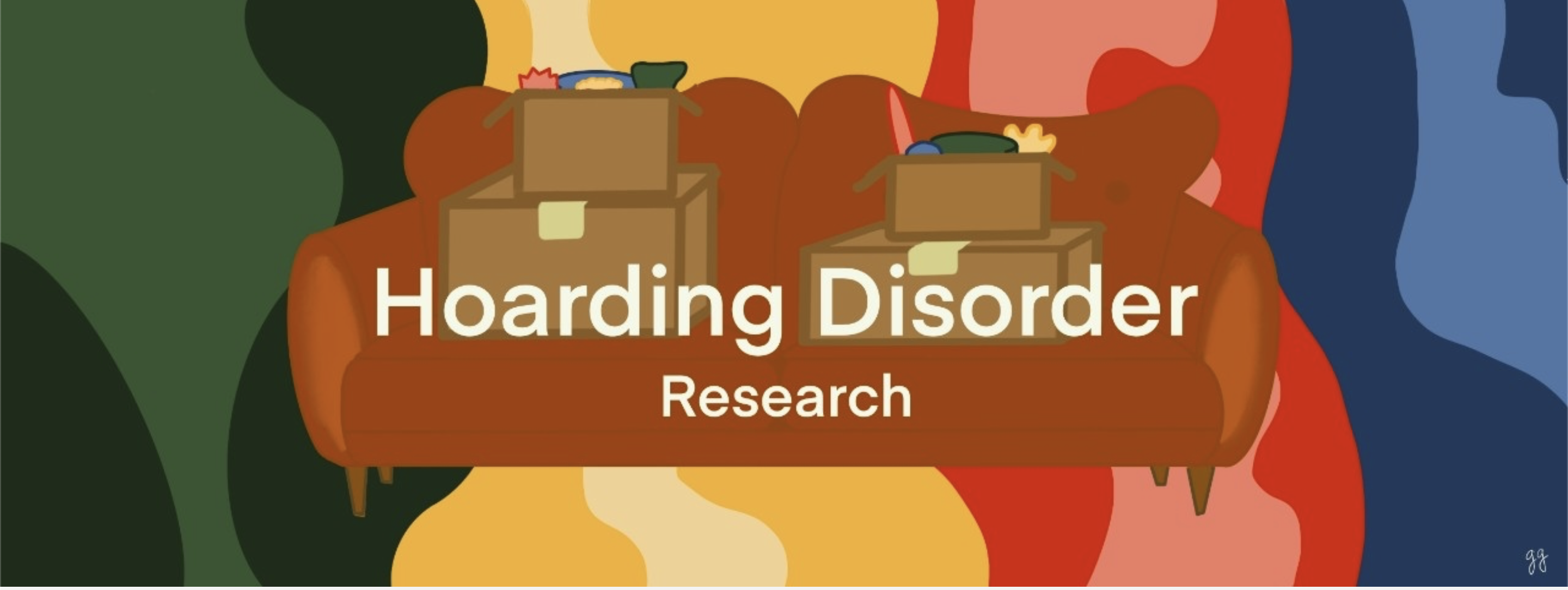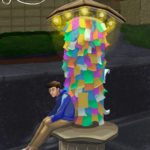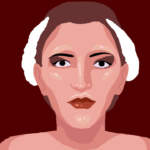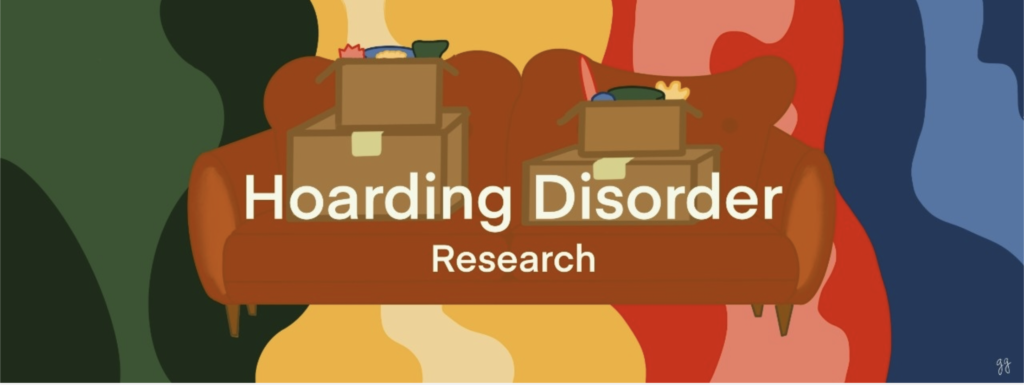
From the summer of 2020 until the Autumn of 2021, I have been working as a Virtual Reality Developer at the Rodriguez Translational Therapeutics Lab to design and build custom spaces in Virtual Reality as a way to analyze patterns and research effective brain-based treatments, ultimately investigating a novel intervention for hoarding disorder.
Here is a video produced by the Stanford School of Medicine, which shows the technology in action!
*Since the built worlds are NDA-protected to respect patient privacy, please contact for more information*
Hoarding Disorder
Hoarding disorder is a persistent difficulty discarding or parting with possessions because of a perceived need to save them. A person with hoarding disorder experiences distress at the thought of getting rid of the items. Excessive accumulation of items, regardless of actual value, occurs.
Mayo Clinic definition of Hoarding Disorder
Buried in Treasures Workshop (BIT)
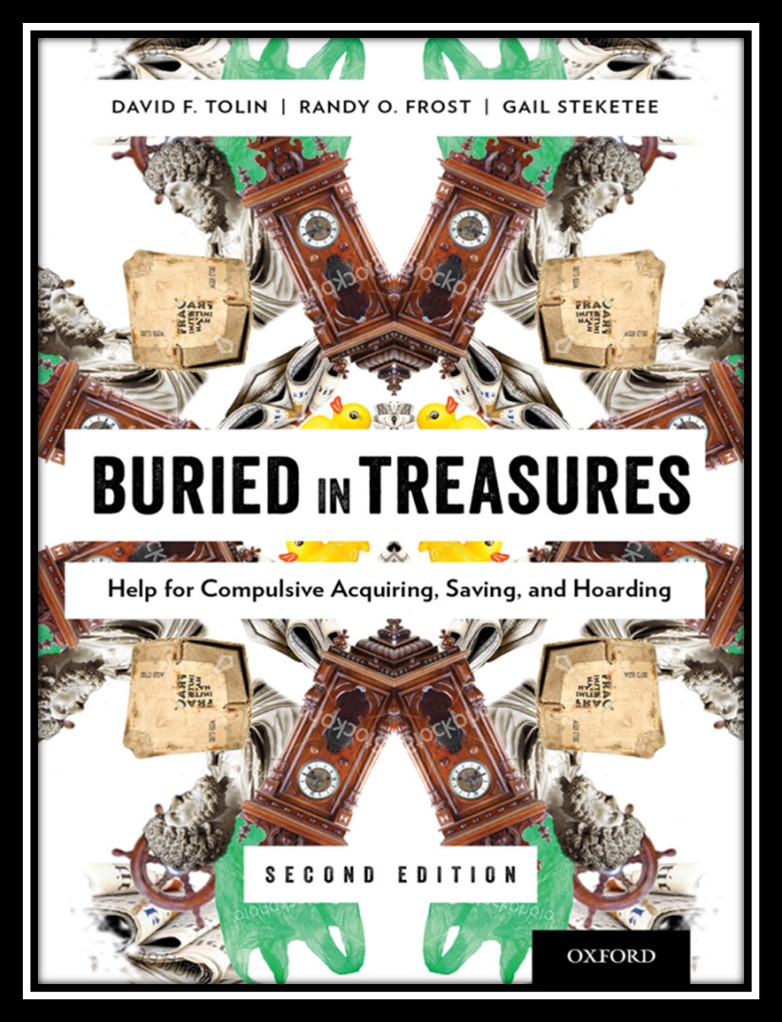
The Buried in Treasures Workshop (BIT) has been proven to demonstrate improvements in the symptoms of hoarding disorder, as evidence shows that in-home decluttering sessions allow participants to understand the motions of discarding items and solidify the skills learned in the BIT group more easily. To alleviate the pressures and stresses of having to permanently discard personal items, we are recreating patients’ living spaces in virtual reality, so that they can practice discarding their possessions.
The aim is to have patients go through the motions of discarding, recycling, and donating their possessions enough times so that they can apply these skills to their everyday life.
For more information, please reference this link.
The Investigation
During this study, we have been recreating the living spaces of 9 individuals.
The Documentation:
In-home visits to document 360 degree pictures and videos of the living spaces, and individual pictures of 30 items of varying levels of difficulty discarding (from photo albums to receipts).
*Due to COVID-19 changes, patients are now documenting their items and rooms on their own, with virtual guidance
The Importation:
I converted each of the patients’ 30 individual items into 2-Dimensional billboards so that participants can interact with their objects, move them around the room, and practice “discarding” them into either a trash can, recycling bin, or donation box.
I searched 3D modeling websites such as SketchFab and the Unity Asset Store to find 3D models that would contribute to the recreation of the patient’s home scene–from couches to posters to rugs, etc. For the sake of patient privacy and HIPAA code, I am not able to share images of any of the participants’ worlds.
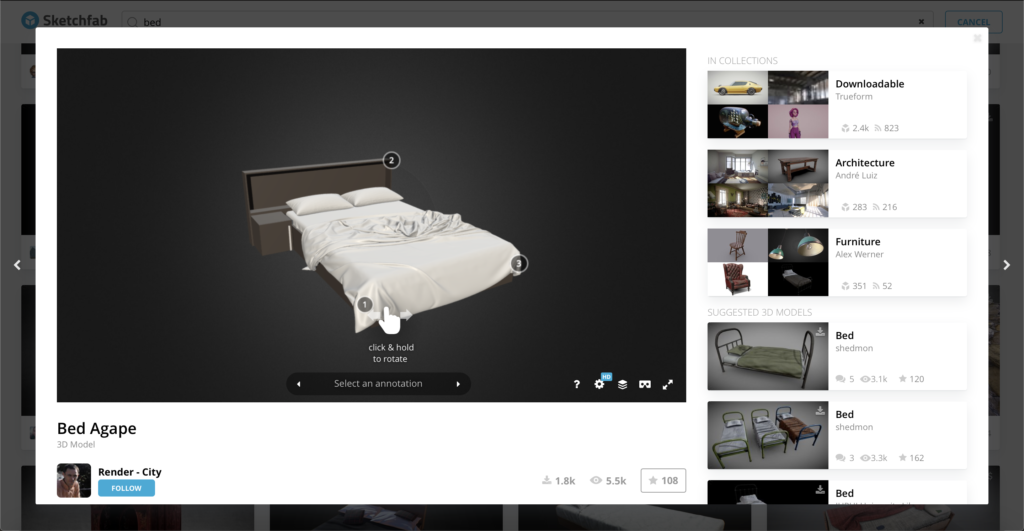
The Design:
I imported the assets into the Unity project, placing each element into the newly created “room” so as to imagine everything virtually.
In this step of the design process, I also scaled different objects, added colliders to elements and baked lighting–added touches to the rooms to better match the room to the original reference.
The Functionality:
I added scripts to every single one of the billboarded objects that the patients would be “discarding” so that they could interact with the objects and practice “throwing them away”. The participants could interact with the objects and simultaneously teleport around the room, so that they could imagine the living space without that specific item.
I added RigidBody functions and mesh colliders to each of the objects so that they objects could be manipulated and picked up.
I also edited and organized the items within the space, so that they would be an appropriate scale to the participant in the room, and they could truly envision themselves in their homes.

